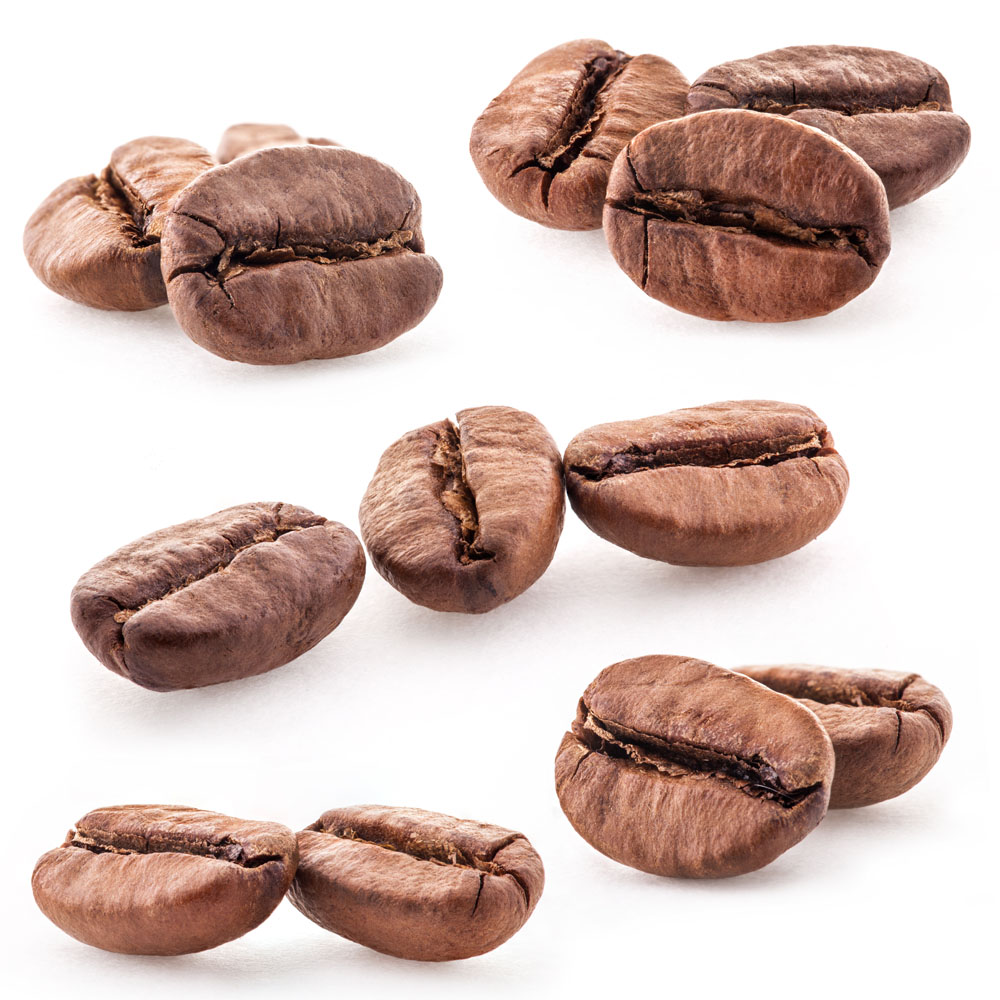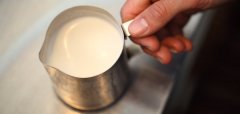Correctly grind coffee powder instant coffee and fine coffee bean grinder brand
The emphases of grinding are as follows:
1. Abrasive particles should be uniform
2. It doesn't generate heat.
3. Cannot produce fine powder (fine powder)
4. Select the appropriate degree of grinding for extraction
First, the grinding particles should be uniform. Unevenness can cause coffee taste is not uniform, not harmonious, no matter which step, must reduce the uneven situation to a minimum, regardless of grinding or roasting, the pursuit of no impurities, homogeneous and balanced taste of coffee. The uniformity of ground coffee particles directly affects the balance of coffee. In other words, uneven coffee powder will make the concentration of coffee solution uneven. How does the difference in grind affect coffee taste?
The finer the grinding degree, the stronger the bitterness, and the coarser the grinding degree, the weaker the bitterness.
This is the basic principle.
The reason is very simple, the ground coffee powder surface area is larger, the extracted ingredients are more, the more soluble in water, the more liquid, the bitter taste is stronger. Coarse ground coffee powder, on the other hand, has a small surface area and less powder extraction, and of course, the concentration will be lower and the bitterness will be weaker. When the bitterness is weaker, the sourness that replaces it becomes stronger.
Contrast this principle with the first rule. If coffee powders of different grinds are mixed together, the concentration of soluble powder will be inconsistent, and both sour and bitter will be extracted. It is conceivable that this cup of coffee will turn into a cloudy and smelly liquid.
The second is the problem of friction and heat generation in the bean grinder. It is normal to generate heat during grinding. This is important because heat obviously damages taste and aroma. The price difference between a bean grinder with metal blades and a bean grinder with ceramic blades is here. After international multi-party research, experts believe that under extremely common speed and load conditions, the instantaneous high temperature generated by friction in local areas of the metal surface can be as high as 500-1000 ° C.
Therefore, grinding coffee will produce heat, which is inevitable, but depending on the structure of the grinder, the heat will also vary. The way the grinder grinds coffee beans is roughly divided into two types. One is to grind coffee beans with two grinding blades engraved with shallow grooves. We call it a parallel grinder. Most manual grinders belong to this category. The other is represented by a shredding grinder, which combines coffee beans with two sets of rollers with sharp edges that are perpendicular to each other, which is the so-called conical blade grinder.
Most people think that slow grinding with a manual parallel grinder will not produce heat, in fact, on the contrary, the type of friction with disc blades is easy to produce heat. Conical grinders, on the other hand, minimize frictional heat from grinding coffee. The reason is that tapered blades grind quickly with longer blade travel, and under the same thickness, tapered blades take less time to use and have a lower heat generation rate.
Third, do not produce fine powder skills.
Fine powder clouds the coffee solution and gives it an unpleasant bitterness and astringency. The most common drawback caused by fine powder is that the fine powder charged by high temperature adheres directly to the inside of the bean grinder, and after rancidity, it is mixed into the new coffee at the next grinding.
The trick to not producing fine powder is to choose a bean grinder that does not produce fine powder as much as possible, or to clean it promptly after each use. Hand-operated ceramic blade grinder can be washed directly, if it is an electric grinder, you can carefully remove the fine powder attached to it with a brush. In short, cleaning the bean grinder is the first action that must be done.
Fourthly, the grinding degree suitable for the corresponding extraction method.
The finer the grinding degree, the stronger the bitterness, and the coarser the grinding degree, the weaker the bitterness. This is the immutable basic law. This phenomenon is caused by the difference in the amount of hot water covering the surface area of the coffee powder, and it is known from this that the extraction apparatus has a relationship with the degree of grinding of the coffee powder.
Espresso, for example, grinds deep-roasted beans and extracts a small amount of coffee in a short time using a semi-automatic coffee machine to get coffee with a fairly strong bitterness. What about the same coffee powder extracted by hand? The filter paper will be clogged with coffee powder, making it difficult for the injected hot water to pass through, the extraction time will be prolonged, and finally it will evolve into an over-extraction situation.
And will it be better to grind it roughly? This is also a matter of degree. If the grinding is too coarse, the hot water will easily fall through the filter paper, and the aroma of coffee will not be fully extracted. As a result, the extracted coffee liquid becomes a weak liquid.

Important Notice :
前街咖啡 FrontStreet Coffee has moved to new addredd:
FrontStreet Coffee Address: 315,Donghua East Road,GuangZhou
Tel:020 38364473
- Prev

How to make delicate foam to dispense milk tips Italian style with coffee beans coffee shop coffee
Getting rid of milk is actually a perceptual process. You need to use all your senses to judge the degree of milk. Your hand is the thermometer, your eyes are responsible for observing the state of the milk as it rotates in the tank, and your ears are responsible for listening to the sound of the milk as it rotates. Before you dispose of the milk, you should turn on the steam button in advance to remove the remaining milk and
- Next

The time of raising beans and waking up beans of fine coffee
The harvesting method and refining method are adopted. Generally speaking, it is better to adopt manual harvesting method and water washing refining method. A variety of fine coffee. It is better to use Arabica inherent variety Tibica or bourbon variety. Is the altitude, topography, climate, soil and refinement of the cultivated land or farm clear? Generally speaking, the coffee with high altitude is of higher quality, and the fertile volcanic soil is the best soil.
Related
- Beginners will see the "Coffee pull flower" guide!
- What is the difference between ice blog purified milk and ordinary milk coffee?
- Why is the Philippines the largest producer of crops in Liberia?
- For coffee extraction, should the fine powder be retained?
- How does extracted espresso fill pressed powder? How much strength does it take to press the powder?
- How to make jasmine cold extract coffee? Is the jasmine + latte good?
- Will this little toy really make the coffee taste better? How does Lily Drip affect coffee extraction?
- Will the action of slapping the filter cup also affect coffee extraction?
- What's the difference between powder-to-water ratio and powder-to-liquid ratio?
- What is the Ethiopian local species? What does it have to do with Heirloom native species?

